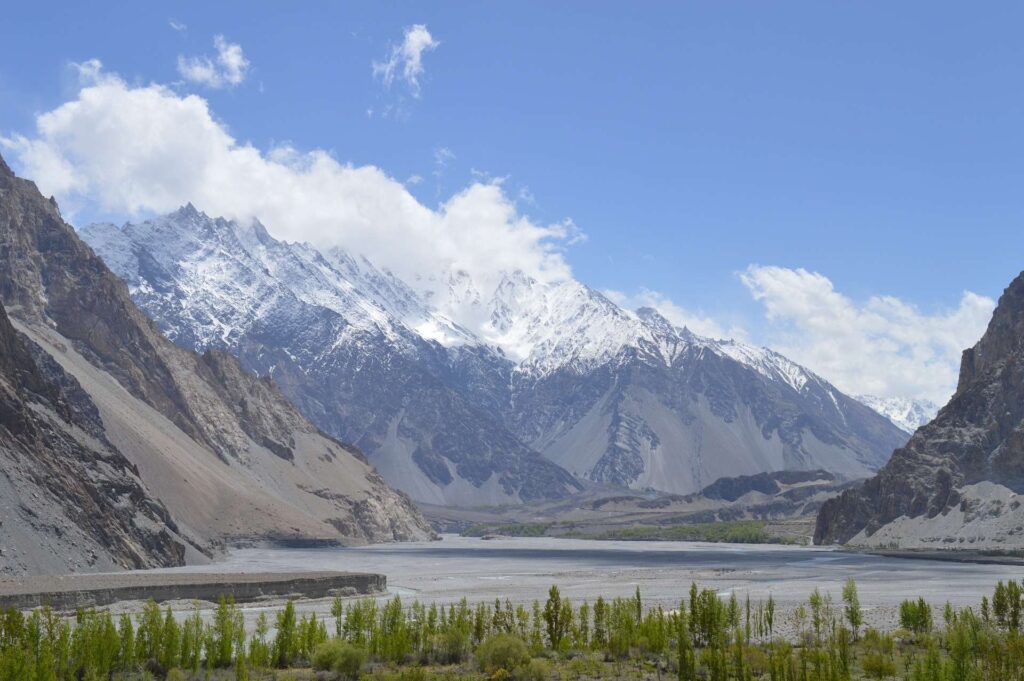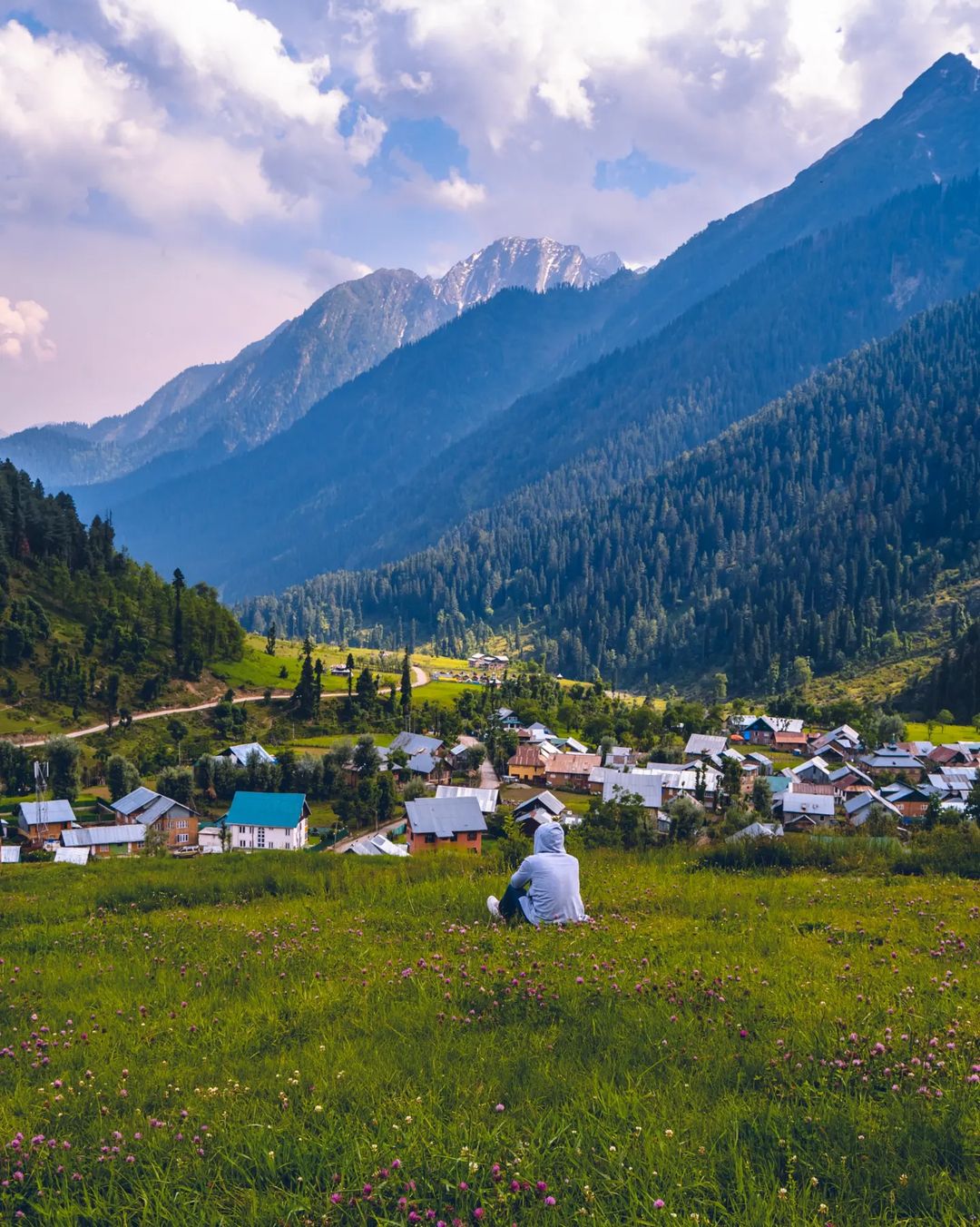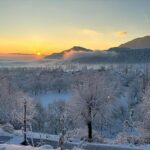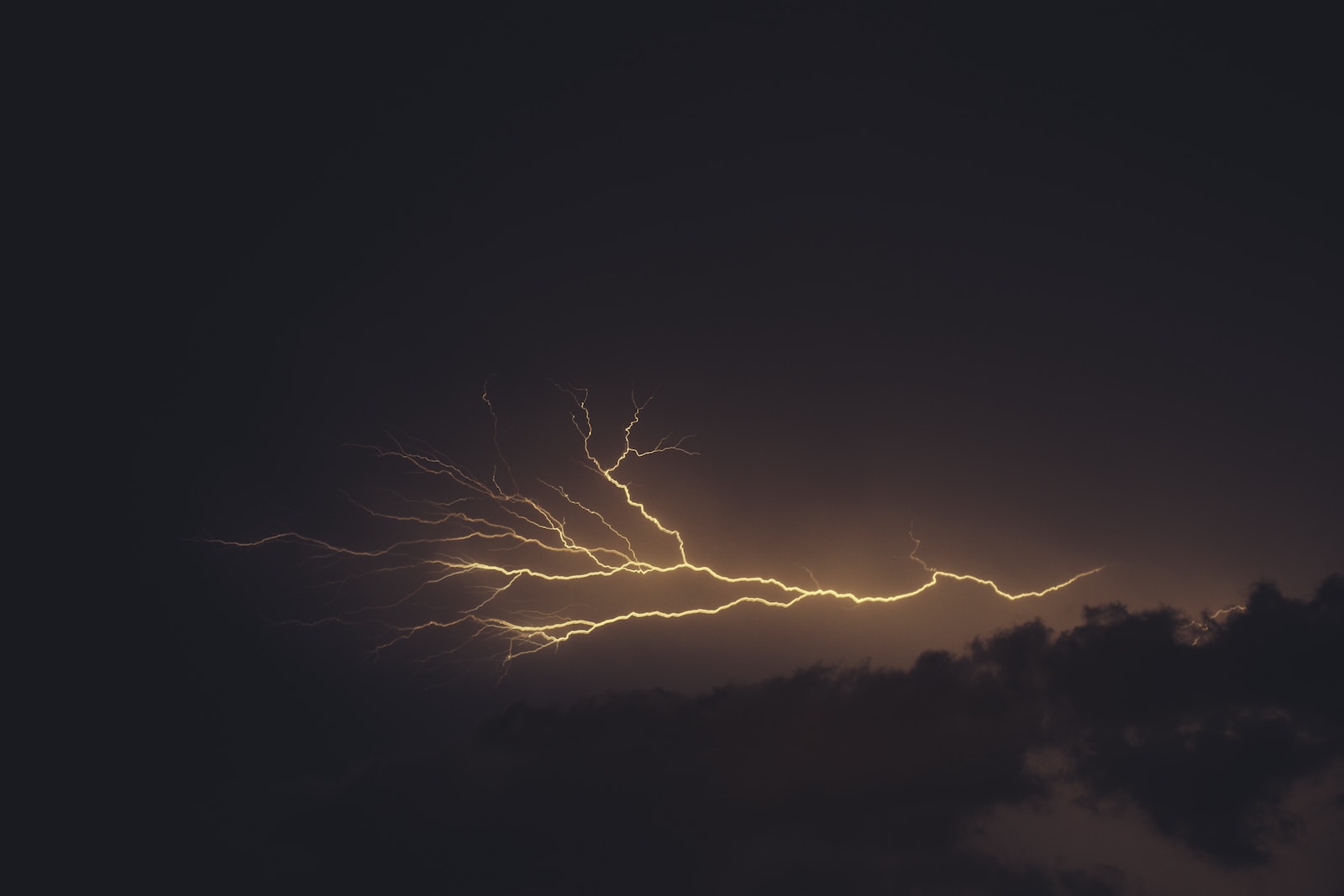|
Getting your Trinity Audio player ready... |
Climate of Jammu and Kashmir has two distinct climatic regions viz. temperate Kashmir valley and subtropical region of Jammu.
JAMMU is a sub-tropical region and has plains, valleys, hills and mountains of Pir Panjal and Shivalik ranges, comprising the districts of Kathua, Jammu, Samba, Udhampur, Reasi, Doda, Ramban, Kishtwar, Rajouri and Poonch. The climate of Jammu varies greatly owing to its rugged topography. The southern part of the state has a typical monsoon tropical climate. In summer, the southern part is very hot and maximum temperature reaches above 45°C. January is the coldest month, while in July and August, very heavy and erratic rainfall occurs. The climatic conditions vary as the region has topographic variation. Many places of Poonch, Doda, Ramban, Kishtwar districts have temperate and mid temperate climate with pleasant summers & cold winters.

KASHMIR Valley region is situated between Pir Panjal and western end of great Himalayan ranges, which stop monsoon wind from southeast and south, and cold winds coming from central Asia. As such the climate of sheltered Valley of Kashmir has its own peculiarities and exhibits exception to peripheral region. The valley experiences a temperate climate. Winter from November to March is cold with moderate and heavy snowfall. Summers from mid-March to June are mild and of a very short duration and it rains. Weather in the valley region is generally pleasant during April to June. The Kashmir valley comprised of 10 districts namely Srinagar, Budgam, Baramulla, Kupwara, Kulgam, Anantnag, Bandipura, Shopian, Ganderbal and Pulwama.

Climate of UT of Ladakh
Ladakh is the coldest place of India. The Ladakh UT is comprised of two districts namely Leh & Kargil.The climate is very dry and climate. The place has a long and severe winter with the temperature going down to more than 40 degree below zero. River Zanskar, with its fast and furious waters and huge waterfalls freezes completely and huge ice sheets hang much to the astonishments of the beholders. Drass in Ladakh is the coldest place. Due to heavy snowfall, Ladakh remains cut off for the major part of the year. The night temperature usually remains below zero from September to May. The temperature in summers however soars to 45 degrees making it extremely hot. The mountains are bare and barren. The snow on them gives shapes into many rivers and lakes through the tarns, when the sun begins to shine.






